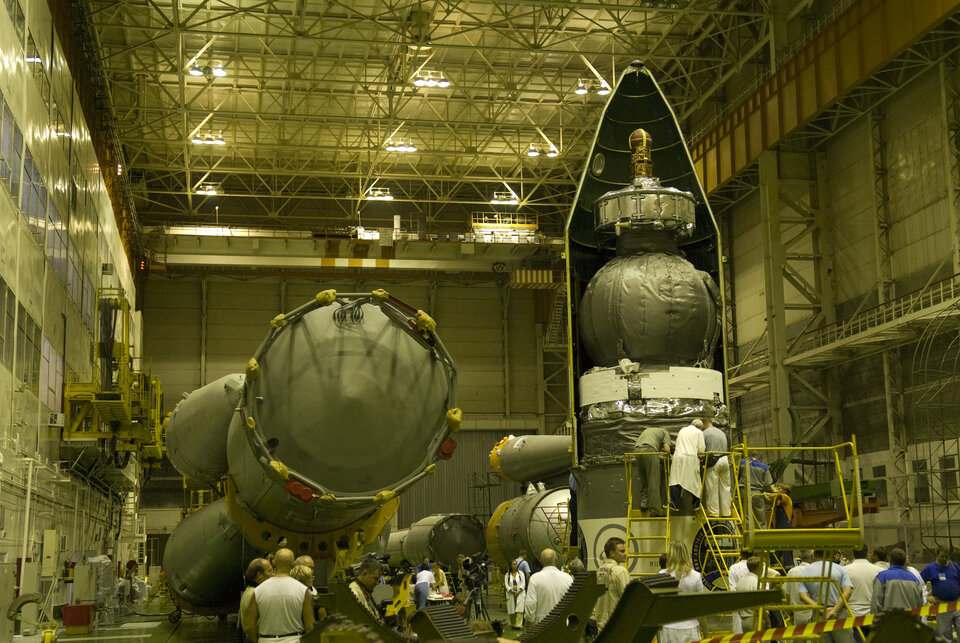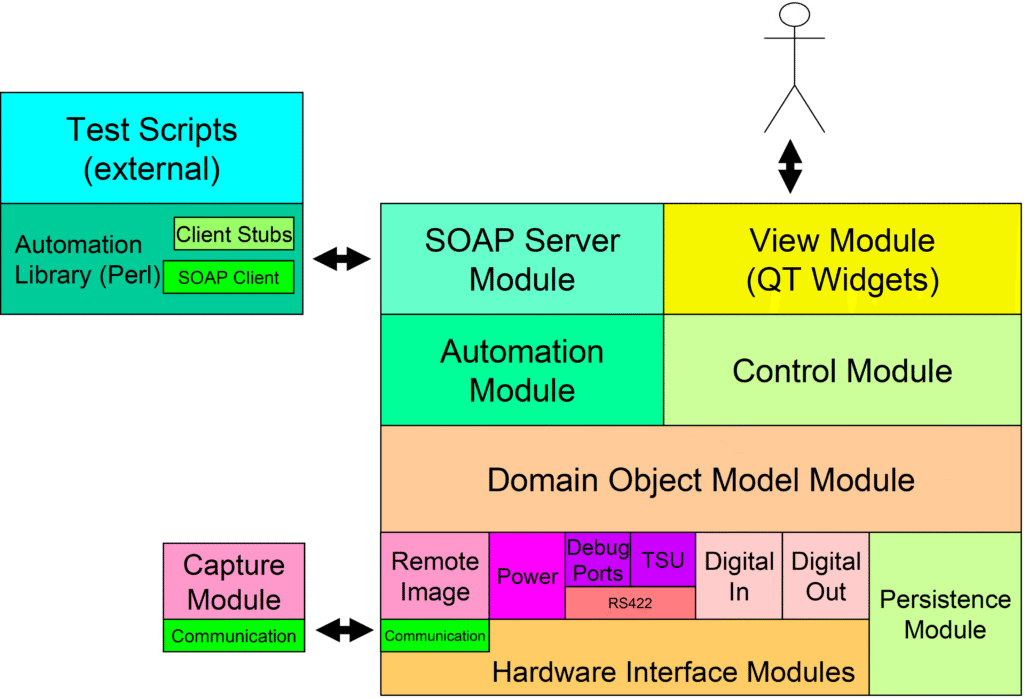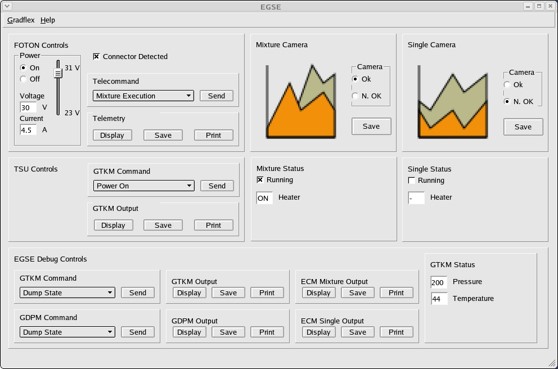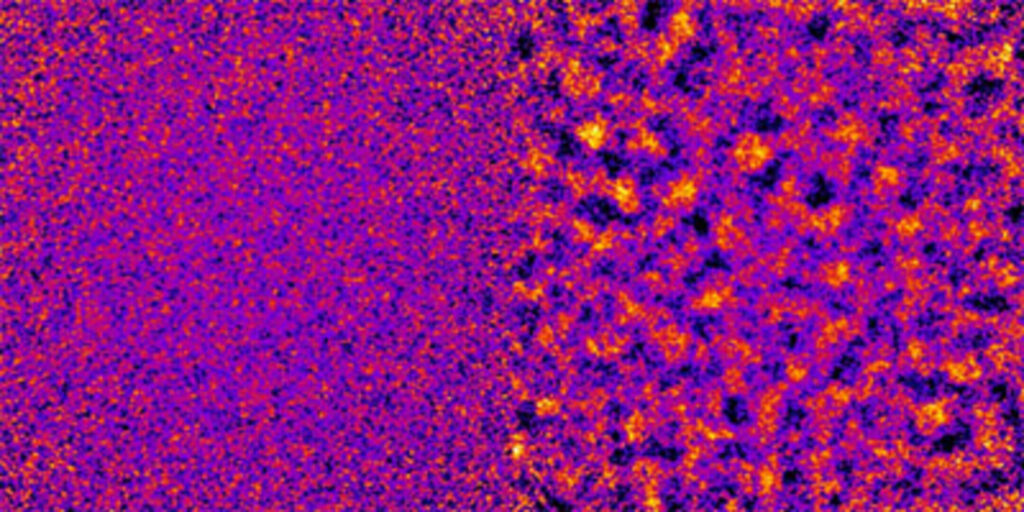Electronic Ground Support Equipment
The Gradflex scientific experiment was part of the Foton-M3 space mission. Before the flight into space, the experiment was put through its paces, in particular the electronic interface to the satellite. SCS developed the corresponding test environment, the Electrical Ground Support Equipment (EGSE).
-
Initial situation
Scientific experiments are thoroughly tested before being launched into space. Electrical ground support equipment is used to simulate the interface to the satellite. This should be able to simulate various conditions or even errors and record the data during the simulation.
-
SCS solution
SCS developed a test system for the Gradflex experiment of the Foton-M3 mission. Both the power supply and the digital interfaces for the data were simulated. Among other things, the latter were used to transmit the data from the cameras that monitored the experiment.
-
Added value
With the test system, the space supplier HTS was able to thoroughly test the Gradflex experiment and simulate all possible errors relating to the interface with the satellite. The test system was approved by ESA in accordance with its Technology Tree. HTS was able to define the test programmes itself via the user interface.
Project insights
The Foton missions are based on the Vostok satellite design from the 1960s, with which Yuri Gagarin was the first person to fly into space. From 1985, the capsule with a diameter of 2.3 metres was used for scientific experiments. Among other things, the Gradflex experiment flew on the Foton-M3 mission (2007): This involved investigating how liquids mix in zero gravity at different temperature gradients. The experiment was developed by the space supplier HTS (now Ruag Space Germany).

Gradflex experiment
Diffusion processes in a liquid can be traced back to tiny fluctuations in temperature and concentration that are barely observable. In the 1990s, scientists discovered that these tiny fluctuations in liquids and gases become larger and can even be perceived with the naked eye as soon as a strong temperature gradient is created. A much clearer picture of these fluctuations was expected in a weightless environment. This is why the Gradflex experiment was developed, which stands for GRAdient Driven FLuctuation Experiment. A thin layer of liquid was heated between two plates and observed with a camera.

Simulate the electrical environment of the photon capsule
In order to validate the correct behaviour of the experiment on board the satellite, SCS developed a test environment for the electronics for HTS. On the one hand, the Gradflex experiment was supplied with a variable power supply and controlled with telecommands; on the other hand, telemetry data was received as well as image data from the cameras, which is sent to the satellite’s Telescience Support Unit (TSU) via an RS422 interface.

EGSE Software
As various hardware had to be addressed directly for the test system, C/C++ was used as the programming language. A Linux installation served as the operating system. QT was chosen for the graphical interface because the display redirection with X11 is simple and performant. HTS was able to import the test scripts into the test system via a SOAP client. To verify the processing of the image data, SCS implemented the same image processing algorithms as the satellite’s TSU. The results of the TSU and the EGSE could then be compared.

ESA Technology Tree
The test system developed by SCS was developed and approved in accordance with the ESA Technology Tree. This particularly concerned the two areas 8C-3 for Collaborative Engineering and 9C-2 for Preparation and Procedure Tools for Ground Data Systems.
Successful mission
The Foton-M3 mission was successfully launched from the Baikonur Cosmodrome in Kazakhstan in September 2007. As soon as the satellite was in orbit, the first results from the Gradflex experiment could be interpreted. They confirmed the theoretical predictions and showed a significant increase in temperature and concentration fluctuations in the liquid.

Published papers
